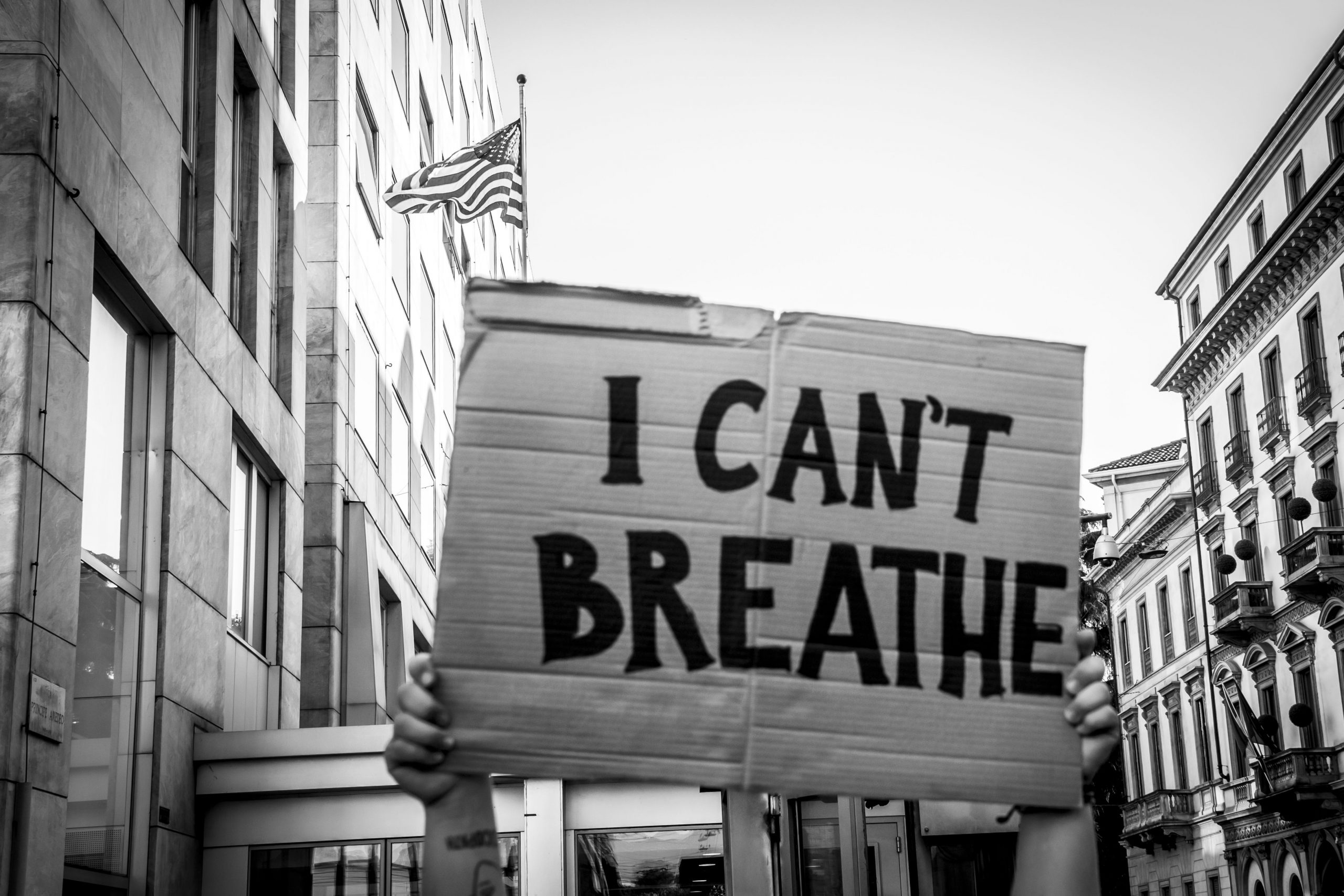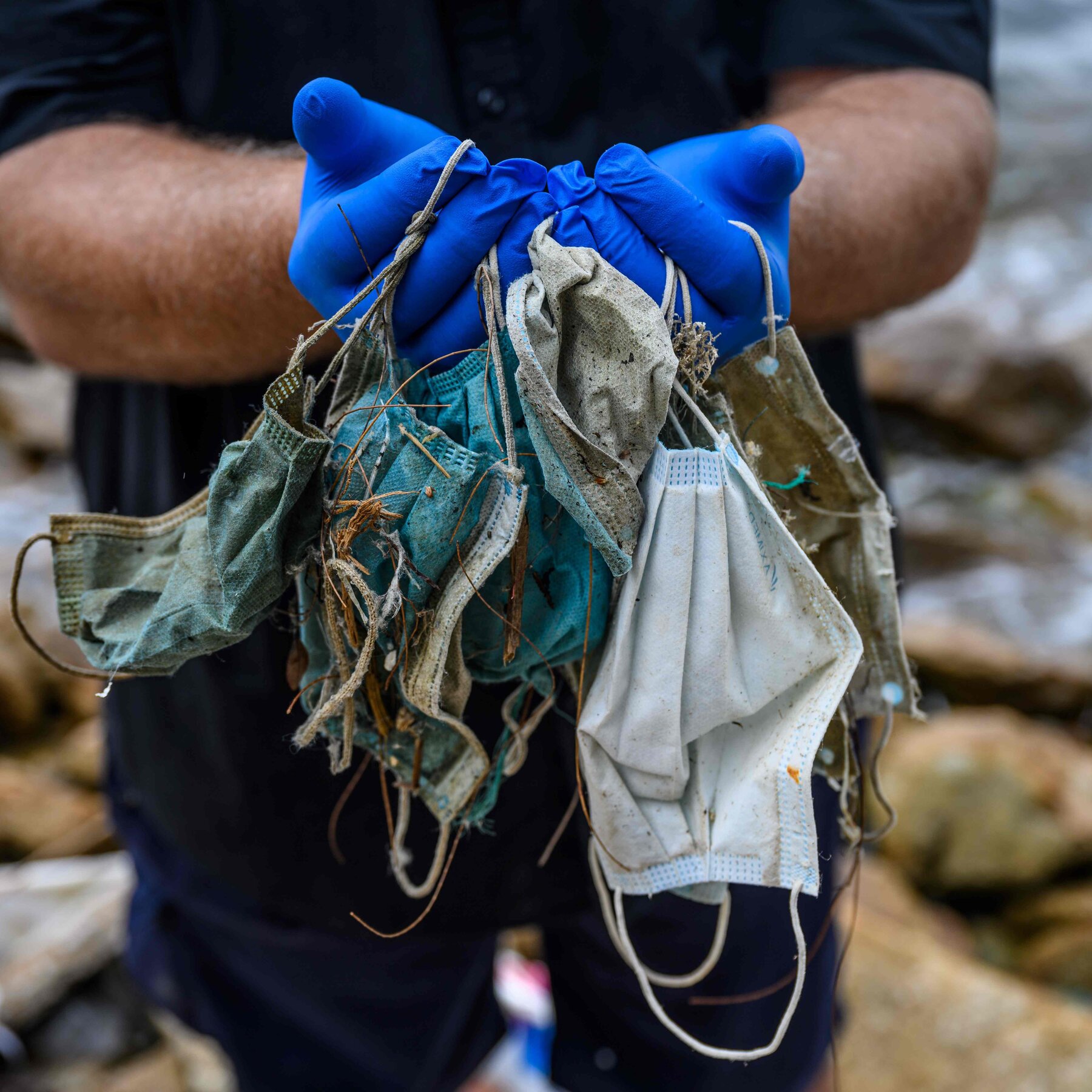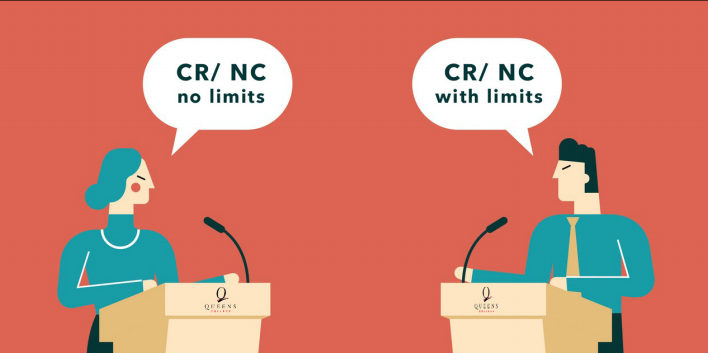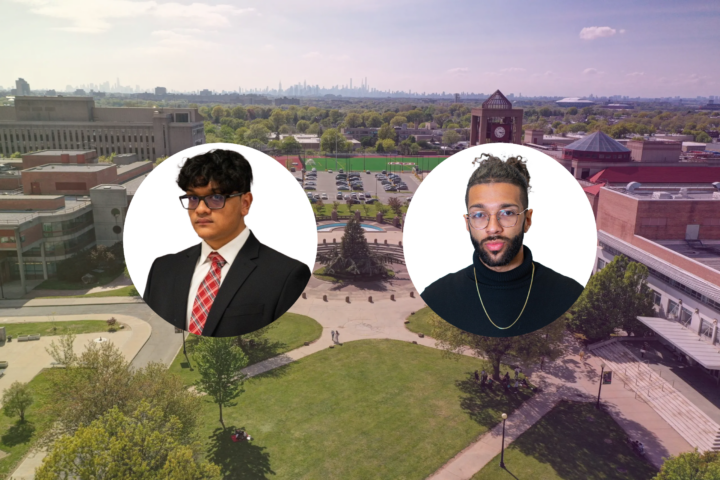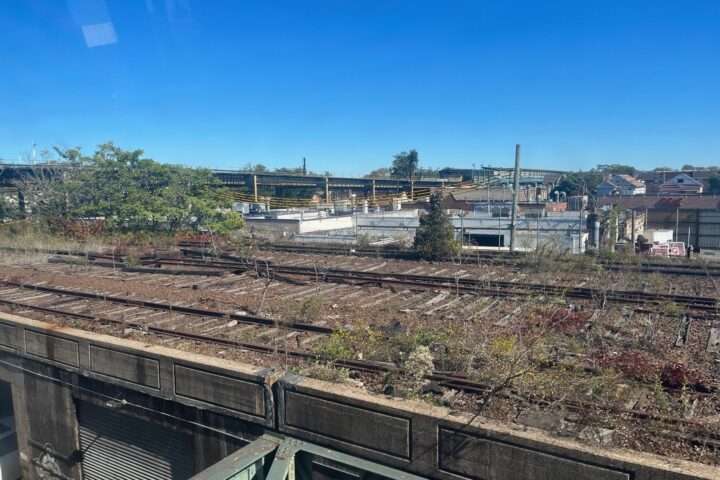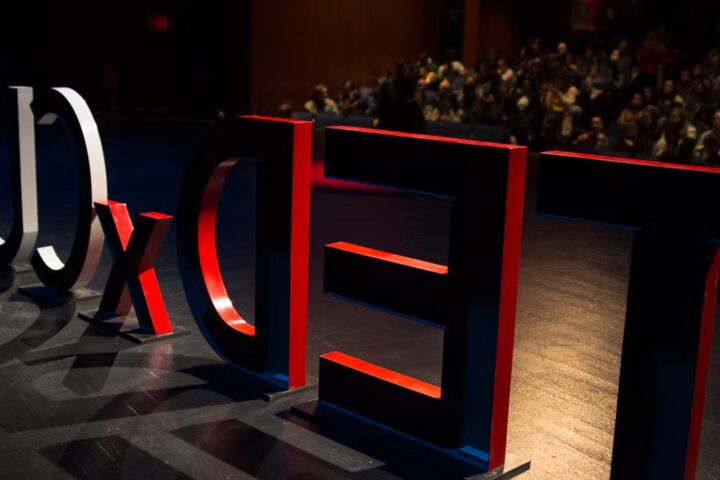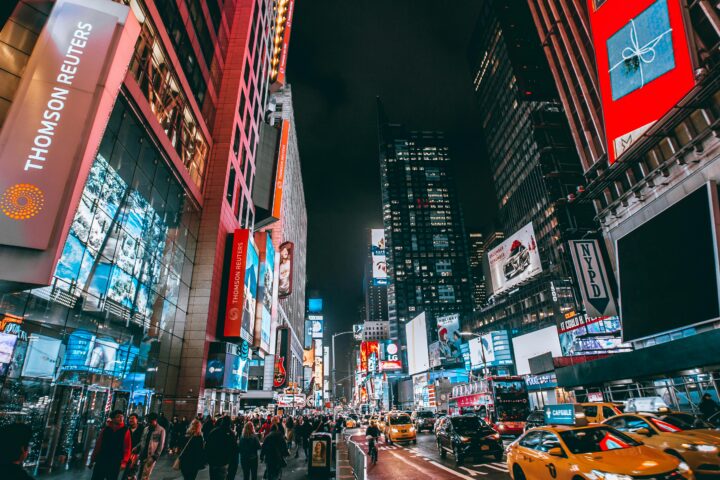“I can’t breathe,” were the last words George Floyd, 46, spoke before falling unconscious and eventually dying two minutes and 53 seconds later on May 25 in Minneapolis, Minnesota. Moments before this, Floyd was accused of trying to use a ‘fake’ twenty dollar bill to pay for a pack of cigarettes, resulting in the store owner calling the police. Sadly, Floyd was unaware that these next few minutes, his last moments, would be spent facedown on the ground, handcuffed, and pleading for air.
Thomas Lane and J. Alexander Kueng, the two responding officers, approached Floyd’s vehicle while Officer Lane already had his weapon drawn. He did not holster his gun until Floyd placed his hands on the steering wheel, as he was pulled out of his vehicle. According to the probable cause statement, Floyd “actively resisted being handcuffed” although there is no video evidence supporting this claim. Two more officers arrived at the scene, and one assisted Kueng in lifting Floyd off the ground and walking him to the squad car where “Mr. Floyd stiffened up, fell to the ground and told the officers he was claustrophobic,” according to the statement.
Video footage courtesy of the Cup Foods security camera shows Officer Kueng with his foot pressed against the curb, his entire upper body not visible. It is unknown what may have occurred at this point in the footage, but it is clear that Officer Kueng is bracing himself against the curb as his upper body extends into the vehicle where they placed George Floyd. Officer Tou Thao simply stood by and watched his fellow officer, which indicates that he was in no danger nor was he being fought by Floyd. The officers reported in their statements that Floyd “intentionally fell down,” was “refusing to stand still,” and told officers he wasn’t getting into the vehicle moments before he began verbalizing that he could not breathe. Coincidentally, “he went to the ground face down and still handcuffed” moments later, according to the probable cause statement.
The last video captures Floyd’s final moments with Officer Derek Chauvin’s knee on his neck as he lay face-down while Officer Kueng held his back and Officer Lane held down his legs. The probable cause statement states that “[Chauvin] placed his left knee in the area of Mr. Floyd’s head and neck. Mr. Floyd said, ‘I can’t breathe’ multiple times and repeatedly said, ‘Mama’ and ‘please,’ as well. [Chauvin] and the other two officers stayed in their positions.” For more than eight minutes, Derek Chauvin applied the pressure of his body weight on the back of Floyd’s neck using his knee as George called out: “My stomach hurts. My neck hurts. Everything hurts. I need some water or something, please. Please.” Floyd resorted to telling the witnesses that they, the officers, were going to kill him and then said, “Don’t kill me” to the officers holding him down. Then, he stopped moving. When Officer Kueng checks for a pulse, he reports that he “couldn’t find one.” Witnesses watched as Floyd lay there on the ground, unconscious for two minutes and 53 seconds. Floyd was pronounced dead at a hospital.
Hennepin County’s medical examiner report states a series of information that is later contradicted by Dr. Michael Baden who was hired by Floyd’s family to perform an independent autopsy. Hennepin County ruled Floyd’s death was caused by being restrained by police, underlying health conditions, and “potential intoxicants in his system.” Baden reported that he couldn’t find any underlying health conditions and the interference with his blood flow and breathing was what caused George Floyd to die on the scene, not at a hospital.
George Floyd’s death was a tragic incident that occurs far too often. The conversation regarding law enforcement and black lives is a conversation that must be had in present-day America. The names of lost black lives trend on social media platforms, symbolized by the hashtag #BlackLivesMatter, only to never be discussed again as their killers roam free, untouched by the law. Fortunately, Derek Chauvin has been charged with second-degree murder while Thomas Lane, J. Alexander Kueng, and Tou Thao have all been charged with aiding and abetting second-degree murder. There are still many cases in which justice is still due and we must march on demanding that other victims become more than a hashtag. As we move forward, it is important that we continue fighting for those who no longer have a voice while simultaneously raising the bar within our communities.


